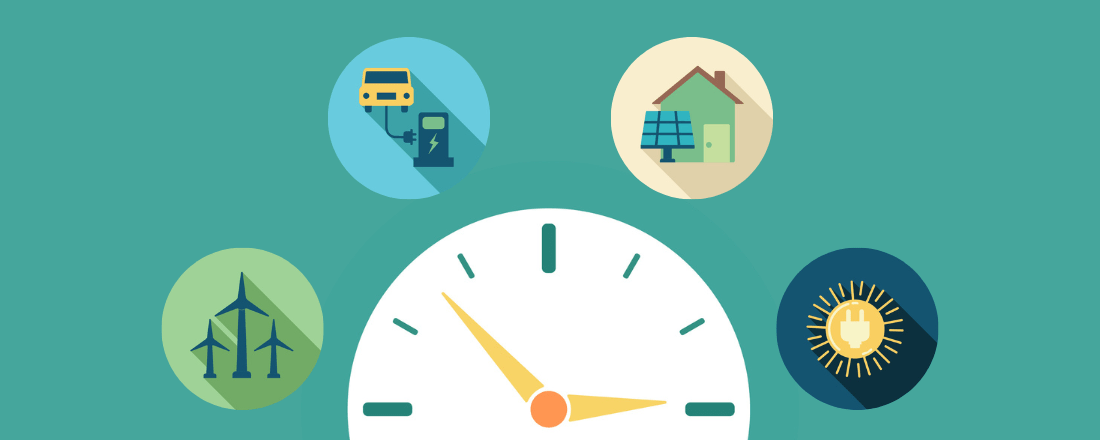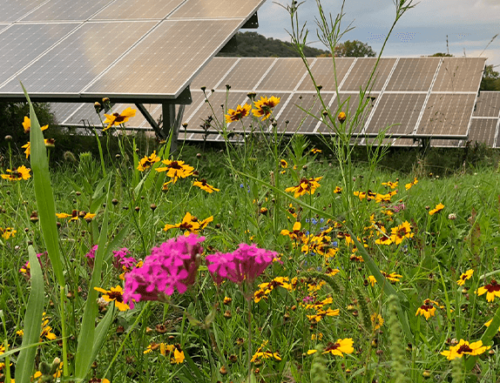When you use electricity matters as much as how much electricity you use. Most electricity users are now on a Time-of-Use (TOU) rate plan to support the state’s transition to cleaner energy while maintaining energy reliability. This plan helps reduce carbon emissions by decreasing fossil fuel resources and increasing solar resources.
What is the TOU rate plan?
Compared to tiered rates, TOU pricing more accurately reflects the cost of electricity at the time you consume it. It means that electricity costs depend on the time of day. During evening hours, when electric demand goes up as we turn on our lights and cook dinner, higher (peak) prices for energy are charged. During daytime hours, when consumption and demand are lower, lower (off-peak) prices for energy are charged.
What is the benefit of TOU?
The TOU rate plan encourages you to use electricity when demand is lower and power is cheaper. It helps to alleviate strain on the electric grid during peak times. TOU rates support a cleaner power grid by encouraging energy use when renewable resources are more readily available. Solar production typically peaks in the early afternoon, and wind energy peaks in the evening. Energy demand tends to spike 4−9 p.m., when renewable energy resources aren’t at their highest production. Without energy conservation during this time, fossil fuel power plants are more likely to be switched on.

How does TOU benefit the environment?
TOU rates benefit the environment by encouraging you to shift your electricity usage to times of the day when solar energy is readily available and away from the times when the grid is mostly powered by fossil fuels. Shifting your major electricity consumption outside the 4−9 p.m. peak means that there is less need for fossil fuel generation during high demand hours. If you can shift your load into the midday hours (12−4 p.m.), you can clean laundry, cook dinner, and cool your home with energy produced largely from solar and other renewable sources.
Reducing fossil fuel use improves environmental and health outcomes, including:
- Better air quality, particularly in communities located near fossil fuel power plants
- Decreased rates of asthma and other lung and heart diseases
- Lowered greenhouse gas emissions, which cause climate change
Can TOU rates save you money?
Absolutely! Customers on a TOU rate plan can benefit from lower rates by shifting their energy consumption to off-peak hours. Running major appliances like your washer and dryer during lower-priced, off-peak hours is a simple way to reduce your bill. When you use electricity during peak hours, consider making small adjustments like raising the temperature on your thermostat to 78 degrees in the warmer months or unplugging appliances that you aren’t using. You can also load your dishwasher or washing machine so that they’re ready to run later in the evening or during the daytime. Not only will you lower your bill, but you will also support California’s clean energy future.
What can I do to lower my bill on the TOU plan?
Small adjustments can make it easy to lower your bill with a TOU rate.
- Precool your home so that you don’t need to use air-conditioning during peak hours (4− 9 p.m.).
- Run major appliances (dishwasher, washing machine, and dryer) before 4 p.m. or after 9 p.m.
- Wait to charge your electric car until after 9 p.m.
- Skip the oven and opt for a refreshing salad, especially on hot summer nights.
- Implement energy efficiency upgrades that reduce your usage overall. Easy upgrades include adding insulation, swapping out old light bulbs, and cleaning your air filters.
- Avoid electricity entirely. Consider line drying your clothes, going for a walk or a picnic during peak hours, or trying a hobby that doesn’t require electricity.
Learn more tips on how to save money and support a cleaner power grid.






